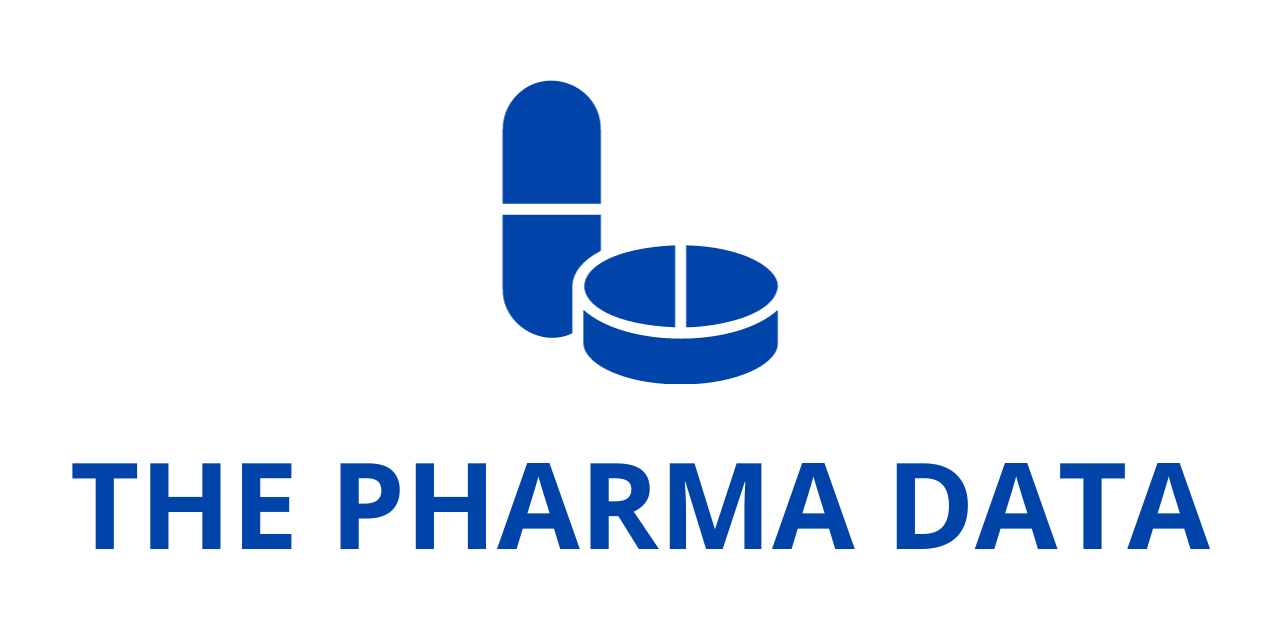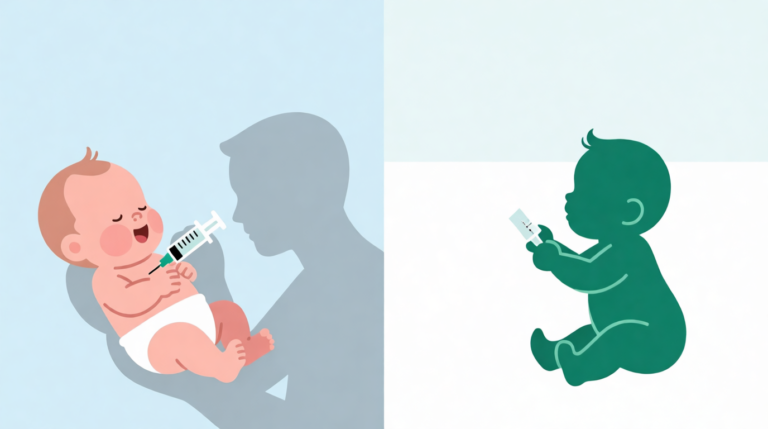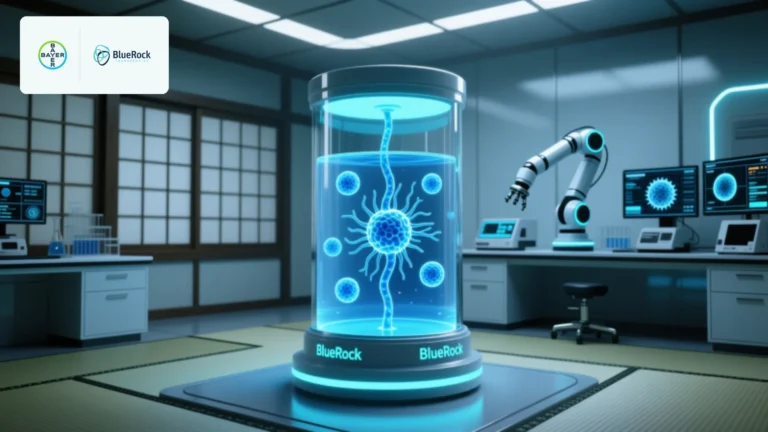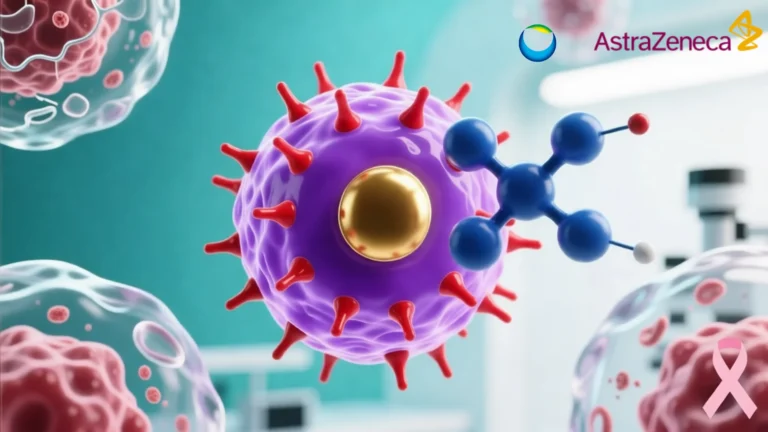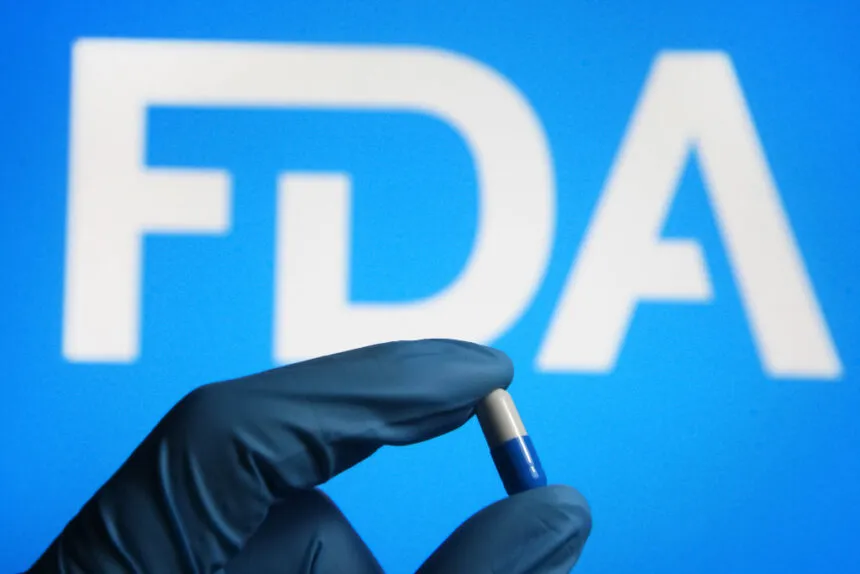
The FDA’s surprise release of 200 complete response letters (CRLs) offered a rare glimpse into the inner workings of the agency’s decision-making—and the winding paths some drugs took to eventually reach the market.
Among the disclosures were rejections for now-approved therapies like Eli Lilly’s Alzheimer’s drug Kisunla, Sarepta’s Vyondys 53 for Duchenne muscular dystrophy (DMD), and Gilead’s long-acting HIV treatment Sunlenca.
At BioSpace, we’re all for a feel-good moment, but this unprecedented act of “radical transparency” by the FDA was a revelation.
Why CRLs Matter—And Why We’ve Rarely Seen Them
CRLs are issued when the FDA declines to approve a new drug application. Historically, the agency hasn’t made these letters public—leaving it to companies to share as much or as little as they choose. Often, press releases gloss over the details, offering vague reassurances like “no safety concerns” and moving on.
While CRLs occasionally appear in approval packages, this week’s release marks the first time the FDA has made a large set of these rejections available—spanning biosimilars, injection devices, vaccines, and more. Common themes include inspection deficiencies, manufacturing quality problems, and safety red flags.
Naturally, we dove into the documents.
Kisunla’s Rocky Road: Lilly’s Alzheimer’s Hope Rejected on Safety Grounds
Eli Lilly’s Kisunla was one of the most anticipated Alzheimer’s drugs in years, aiming to follow Biogen and Eisai’s Leqembi, which secured accelerated approval in early 2023. Lilly hoped for a similarly swift nod, submitting its application in May 2022. But a newly released CRL—signed by then–Office of Neuroscience Director Billy Dunn—shows the FDA wasn’t convinced.
The agency declined to grant accelerated approval, citing insufficient long-term safety data. The key issue: Lilly submitted data from only 49 patients treated for at least 12 months, well below the FDA’s preferred minimum of 100.
Kisunla’s dosing protocol, which allowed patients to stop treatment once amyloid plaques fell below a certain threshold, led to uneven treatment durations—some shorter than a year. Compounding the issue, much of the safety data came from open-label studies rather than blinded trials.
The FDA asked for more robust long-term safety data, including updates on adverse events. Post-approval, safety concerns have continued to follow Kisunla and other drugs in its class. Lilly recently updated the dosing label to address these issues.
Sarepta’s Vyondys 53: A CRL Full of Red Flags
Four months before its eventual approval in December 2019, Sarepta’s Vyondys 53 faced a scathing CRL signed by Ellis Unger, then Director of the FDA’s Office of Drug Evaluation.
Unger questioned the drug’s clinical benefit, citing a minimal increase in truncated dystrophin levels and a lack of correlation between dystrophin production and patient function. He noted that boys receiving the treatment still showed “progressive loss of physical function.”
Worse yet, the letter outlined serious safety issues observed with the related therapy Exondys 51, including infections related to administration and “potentially life-threatening” kidney toxicity—both difficult to monitor.
While Vyondys 53 is an antisense oligonucleotide (ASO) and not a gene therapy, the concerns resonate today in light of two recent deaths linked to Sarepta’s Elevidys, an AAV-based therapy. Unger warned in the CRL that ASOs can also cause liver injury—a prescient statement in hindsight.
Sarepta appealed the decision, met with FDA officials, and ultimately secured approval from then–Office of New Drugs Director Peter Stein, who has since left the agency.
Sunlenca’s Delay: A Glass Vial Problem
Gilead’s long-acting HIV drug lenacapavir—approved in June under the name Yeztugo for prevention—faced a major setback in 2022, not due to efficacy or safety, but because of its glass vials.
According to a CRL signed by Adam Sherwat, then deputy director of the Office of Infectious Diseases, the highly alkaline formulation of lenacapavir was incompatible with standard borosilicate vials. Gilead’s own data showed glass particles forming in clinical batches.
While Gilead proposed switching to aluminosilicate glass, the FDA found the supporting data “incomplete and ambiguous.” That packaging misstep cost Gilead valuable time in bringing the treatment to market.
The Bigger Picture
Some of the therapies once rejected in these CRLs are now on the market. Others never made it. The newly public letters paint a fuller picture of the FDA’s concerns—not just about efficacy, but about real-world safety, quality control, and manufacturing reliability.
These documents offer an unfiltered look at the challenges drug developers face—and how close some drugs come to never reaching patients at all.
